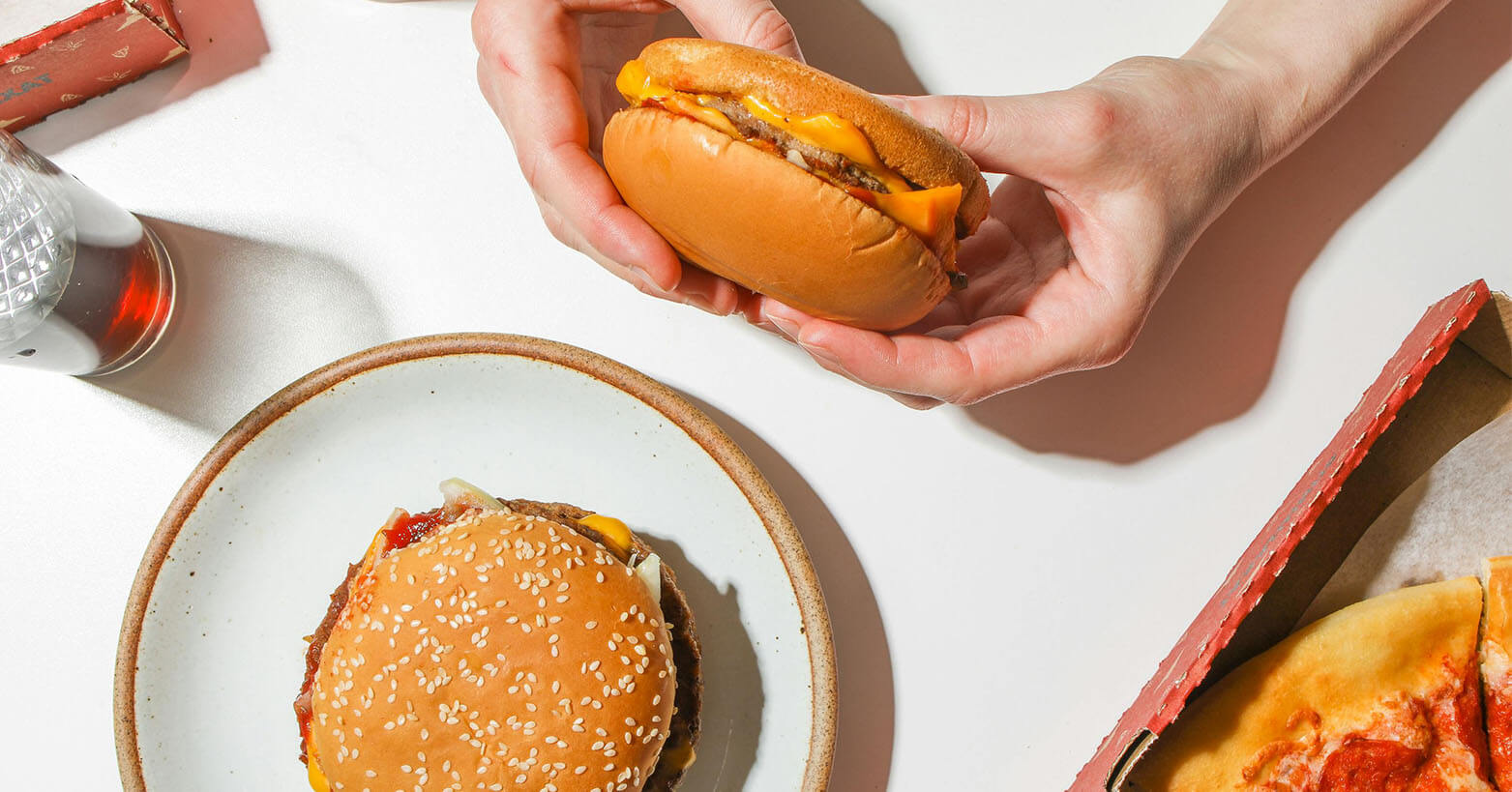If saving always comes last on your list — it might be time to try a new budgeting method. Paying yourself is a strategy that makes saving a priority and can help you make consistent progress toward your goals.
Whether you want to start an emergency fund, make a big purchase or save up for a down payment on a car, the pay yourself first method can help — even if you feel you don’t have a lot of room in your budget to save.
What does it mean to pay yourself first?
“Pay yourself first” (also known as reverse budgeting) is a simple savings strategy where you set aside money for savings before anything else — even before paying bills or buying groceries. It can help prioritize your financial goals by treating your deposit to your savings account as an expense you have to cover every month, like rent, utilities or loan payments.
Think of it as an investment in your future. Instead of treating saving as something extra, you treat it as essential. Whether you save a lot or a little, paying yourself first helps make sure you keep moving forward.
How does paying yourself first work?
To pay yourself first, transfer a portion of your paycheck into savings before using the money for anything else. Here’s how to put it into practice:
1. Decide how much to save.
Before you start paying yourself first, you need to decide how much you can save every month. The point isn’t to stretch yourself too thin and leave you unable to pay for other essentials, it’s about making your savings goals a part of your essential monthly payments. Choose the amounts that make sense for you and your budget.
2. Decide on your savings goals.
Before you start saving, think about what you’re saving for. Do you want to build your emergency savings, start an investment account for your retirement plan, or work toward a short-term goal like saving up for a big trip next year? You may have short-term and long-term goals you want to reach. Once you figure those out you can start planning and saving accordingly.
3. Automate the process
Most banks and credit unions allow you to set up automatic transfers from checking to your savings account to make the process easy. Some employers may also let you split your direct deposit to separate accounts, so you can direct your money into separate checking accounts, savings accounts and investment accounts before you even see your paycheck.
4. Stick to your budget.
After you’ve put money aside for savings, what’s left over is what you have to budget with. Be sure to include non-negotiables like housing, food, transportation and other essential bills. If you have money left over, that’s what can be used for discretionary spending, such as entertainment. Keep a careful eye on your budget, and try not to overspend, so you don’t end up having to dip into your savings.
What are the advantages of paying yourself first?
The advantages of paying yourself is the simplicity, plus it can help you stop overspending and build better financial habits.
It’s simple. Paying yourself first is a pretty simple savings plan. It doesn’t generally require much math or tracking. You simply save first and create your budget around what’s left.
Help stop overspending. Moving money right away can help keep it out of sight and out of mind. When you don’t see that extra money in your checking account, you’re less likely to spend it.
Your money grows overtime. Regularly contributing to your savings means your balance will grow as long as you don’t touch the money. You can also open a high-yield savings account and take advantage of compound interest, which can help your money grow even faster.
Builds your savings habits. Treating savings like another living expense helps make it a part of your routine. Staying consistent and automating the process can make it easier to stick to your short-term and long-term financial goals.
What are the disadvantages of paying yourself first?
The disadvantages of paying yourself first include that it can be hard when money is tight, it’s also not ideal for those whose income changes month to month, and it can be tempting to skip your transfer.
Can be hard if money is tight. If your budget is already feeling stretched, making savings contributions first may not make sense for your financial situation. You’ll need to make sure you can cover all your expenses before using this budgeting strategy, and in some cases it may make sense to pay down high-interest debt, like a credit card balance, first.
Can be tough to stick with. When other expenses pop up, it can be tempting to pause your savings transfers. Missing one transfer won’t throw you totally off track, but if it becomes a pattern it can stop you from making steady progress toward your personal finance goals.
Can be tricky with variable income. If you don’t make the same amount of money every month, it can be harder to commit to making the same contribution every time you get paid. Instead, you can try to set a percentage goal — like 5% of your paycheck — so your savings adjust along with your income.
Who should use the pay yourself first approach?
The pay yourself first method can be a good fit if you want to build savings without overthinking it. It can work well for people who:
- Want a simple way to make savings a part of their routine.
- Have a steady income and predictable bills.
- Are saving for short-term needs (like an emergency fund) and long-term goals (like investing in a retirement account).
What are some other ways that can help me save money?
Some other ways to save money include rounding up your purchases and saving the difference, finding ways to reduce your spending, and celebrating smaller goals. The key is finding what fits best to your unique financial situation. Here are some ideas. If paying yourself first feels like a stretch right now, you can still save money even if you’re on a tighter budget.
Automate spare change. Some apps allow you to round up purchases and put the difference into savings. It’s an easy way to contribute to your savings without impacting your budget too much.
Cut back on extras. Look through your checking account and credit card statements to see where you can reduce spending. Check to see if you’re paying for subscriptions you don’t use or if you could cut back on things like dining out.
Set mini goals. You don’t have to try and save $1,000 all at once. Instead try saving $50 or $100 at a time. Hitting these goals can help keep you motivated.
Even small steps can make a big difference over time. These savings add up and can help you on your path to financial success.
What are some other budgeting methods?
Some other budgeting methods include zero-based budgeting and envelope budget, but there are a ton of different methods you can try. Paying yourself first is just one way to manage money. Depending on your unique financial situation, another budgeting method may be a better fit. Here are some popular ones:
Zero-based budgeting. With zero-based budgeting, every dollar is assigned a purpose — from bills to savings to discretionary spending. This gives you a lot of control over your money, but can be tedious since it requires a lot of tracking.
Envelope budgeting. Envelope budgeting is a popular budgeting strategy that has you set a limit for each spending category by using digital or physical envelopes. Once the money for that category is gone, you stop spending. It’s a hands-on way to control costs and avoid overspending.
50/30/20 rule. The 50/30/20 rule allows a bit of flexibility. 50% of your income goes to needs, 30% to wants and 20% for savings or debt repayment (like student loans or medical expenses). It’s easy to remember and allows for flexible spending in each category, however it may not be realistic for some financial situations.
There isn’t a single “right” method for creating a budget. The best way is one that feels realistic and helps you stick to your financial plan. You can always try a few different methods to find the one that works best for you.
Final Thoughts
Paying yourself first is more than just a budgeting hack, it’s a way of financial planning that puts savings at the top of your priority list. By making contributions and using what’s left to create your budget, you can give yourself a strong financial foundation.
Financial situations change over time, but it’s important to start and build good financial habits. Each contribution — no matter the size — moves you closer to your goals and helps you feel more confident about your personal finance.
DISCLAIMER: This content is for informational purposes only and should not be considered financial, investment, tax or legal advice.






